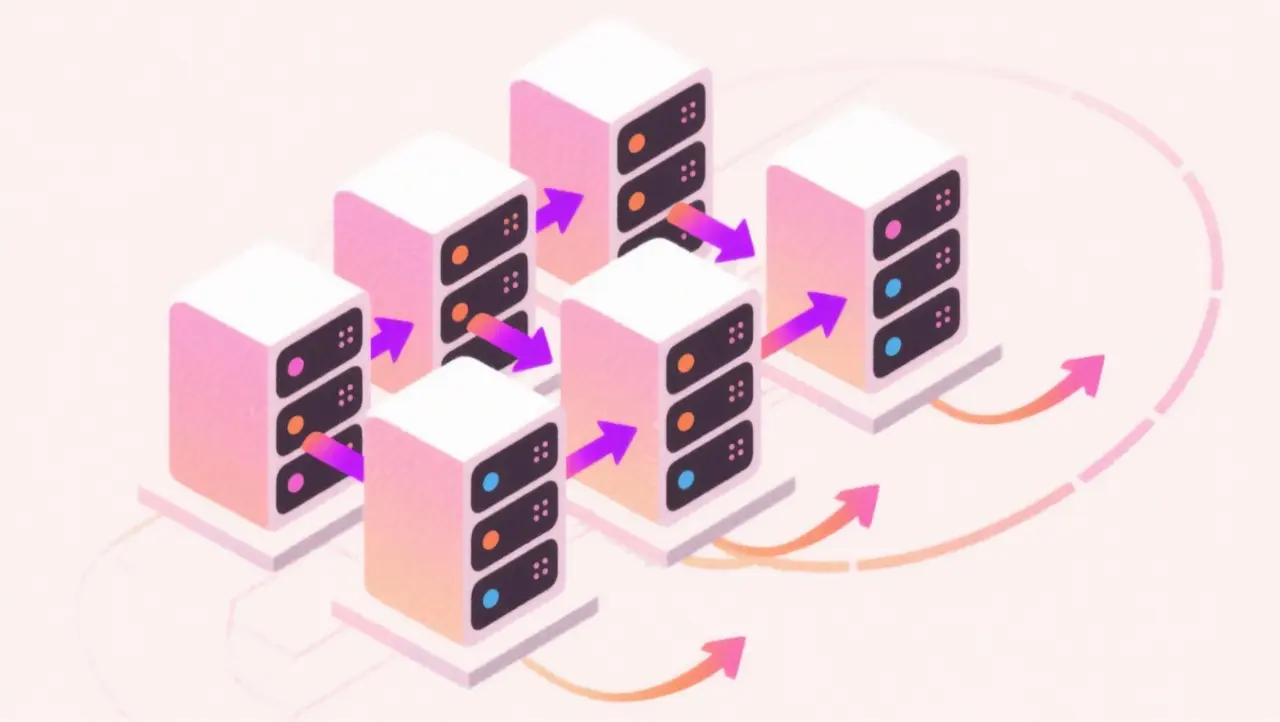Importance of Autoscaling and Load Balancing
Autoscaling and load balancing are techniques used in computing infrastructure to ensure systems remain reliable and responsive under varying demand. Autoscaling automatically adjusts computing resources up or down based on usage, while load balancing distributes incoming requests evenly across servers or services. Their importance today lies in the growing reliance on cloud platforms and AI-powered applications that must serve users at scale without downtime or excessive cost.
For social innovation and international development, autoscaling and load balancing matter because mission-driven organizations often deploy tools in unpredictable environments. Demand can surge during crises, campaigns, or learning peaks. These techniques make it possible to maintain access, manage costs, and ensure continuity of service for communities that rely on them.
Definition and Key Features
Autoscaling monitors usage metrics such as CPU load, memory, or request volume and provisions additional resources when thresholds are crossed. When demand decreases, resources are scaled back to reduce costs. Load balancing ensures that no single server or service instance is overwhelmed, distributing requests to maintain responsiveness and availability. Together, they form the backbone of modern cloud-native infrastructure.
They are not the same as overprovisioning, which involves permanently buying more capacity than needed, nor are they equivalent to redundancy, which focuses on backup systems for reliability. Autoscaling and load balancing are dynamic approaches that align resources with demand in real time.
How this Works in Practice
In practice, autoscaling can be configured for horizontal scaling (adding more servers or instances) or vertical scaling (adding power to existing servers). Load balancers can be hardware- or software-based, often integrated into cloud platforms such as AWS, Azure, or Google Cloud. Health checks and routing algorithms ensure traffic is directed to healthy servers, while autoscaling policies determine how quickly resources are added or removed.
Challenges include managing costs in volatile demand environments, ensuring data consistency across scaled systems, and handling regions with poor connectivity. However, when carefully configured, these techniques improve both performance and sustainability, making digital services more robust.
Implications for Social Innovators
Autoscaling and load balancing have direct applications for mission-driven work. Health platforms can handle sudden spikes in telemedicine consultations without crashing. Education tools can scale dynamically during exam periods when thousands of students log in at once. Humanitarian platforms can manage high demand during emergencies, ensuring information systems remain available to communities in crisis.
By aligning computing resources with real-world demand, autoscaling and load balancing ensure that AI and digital systems remain resilient, affordable, and responsive in mission-critical contexts.







